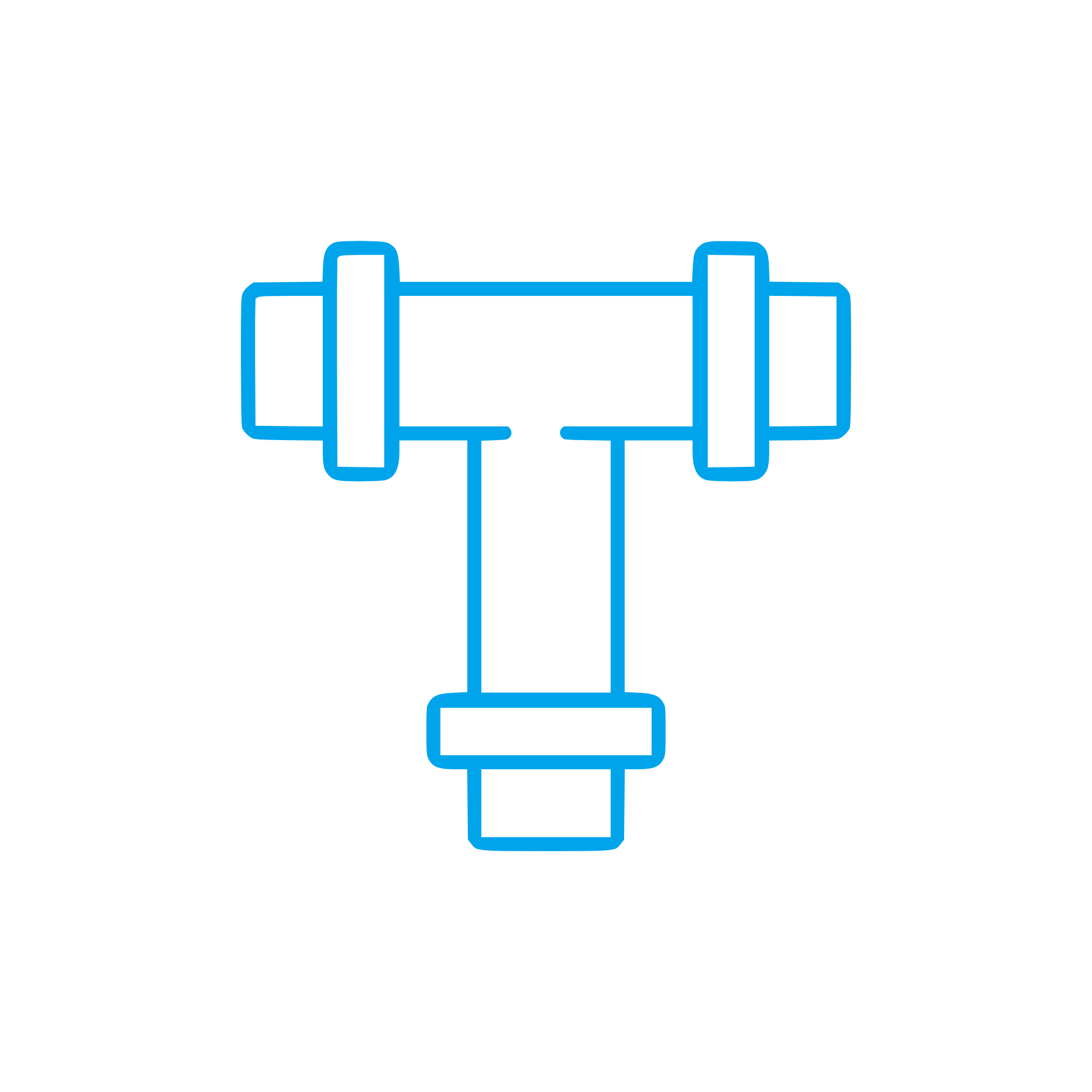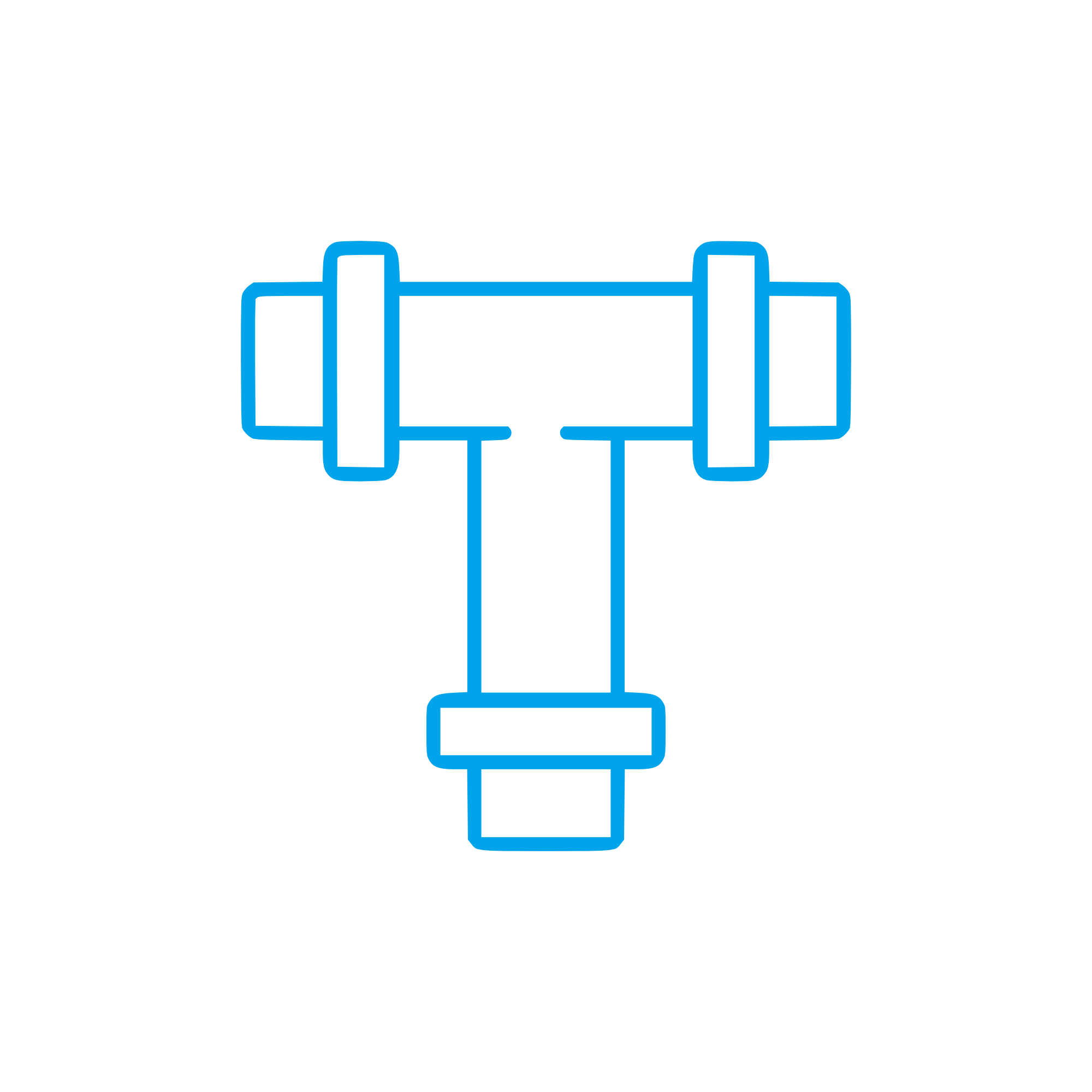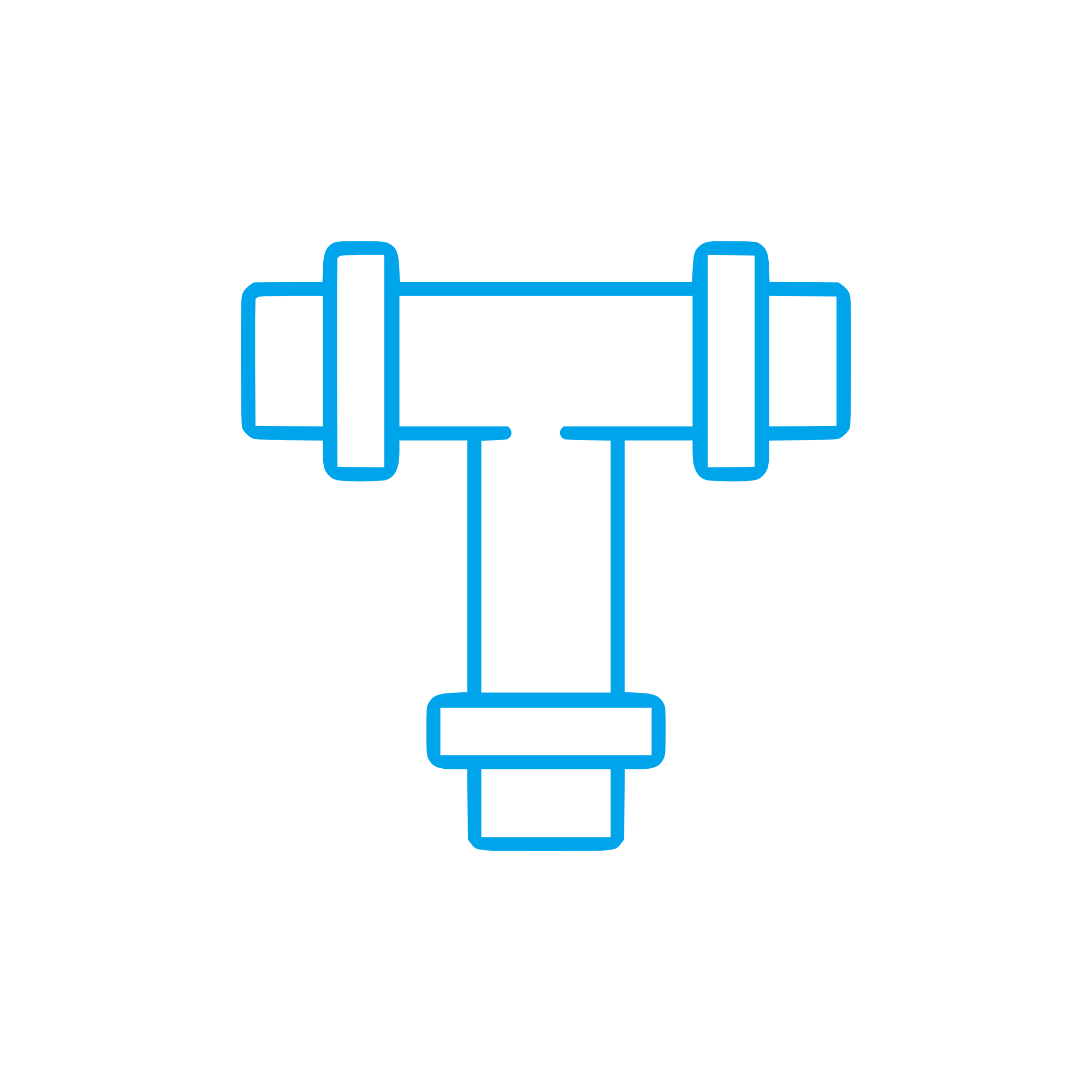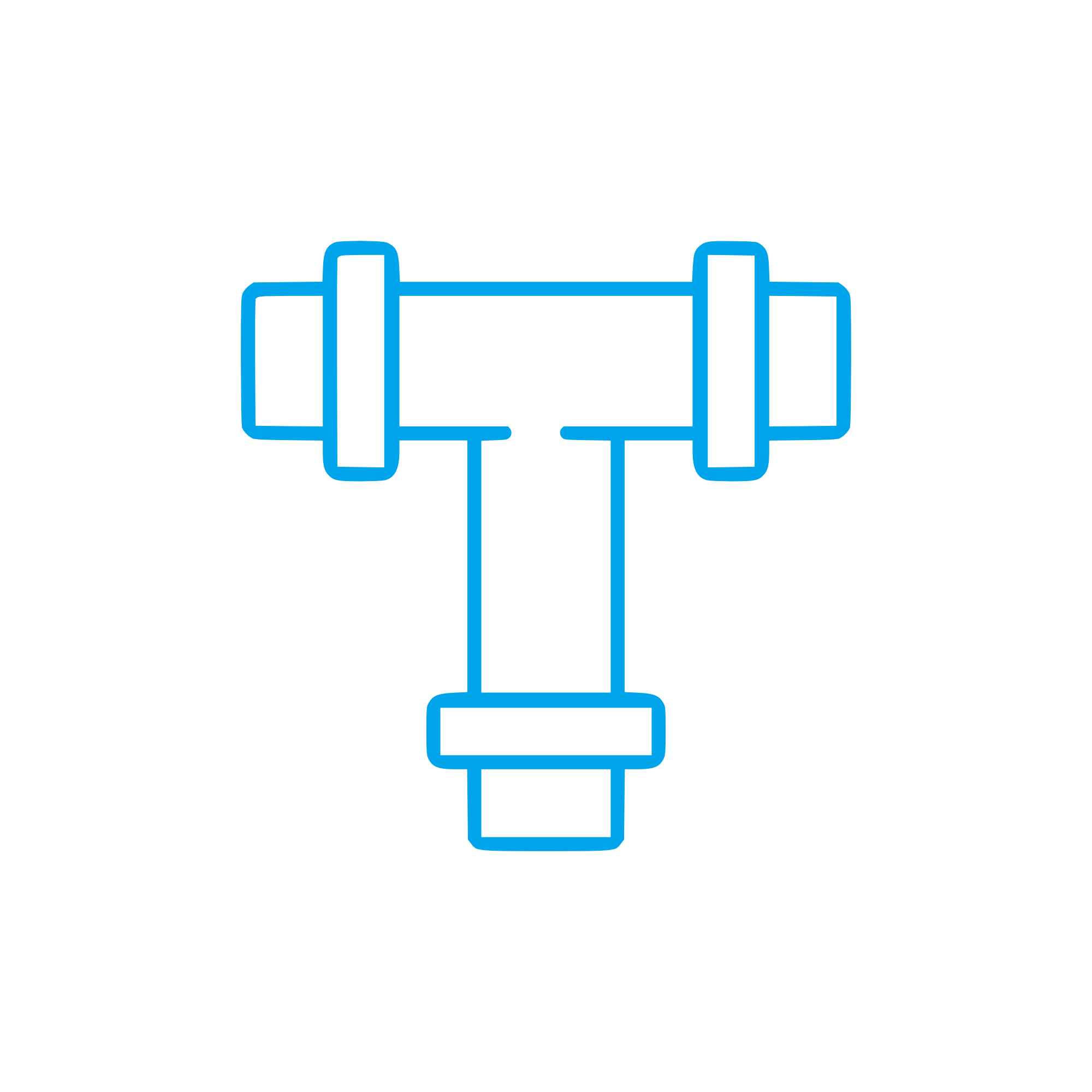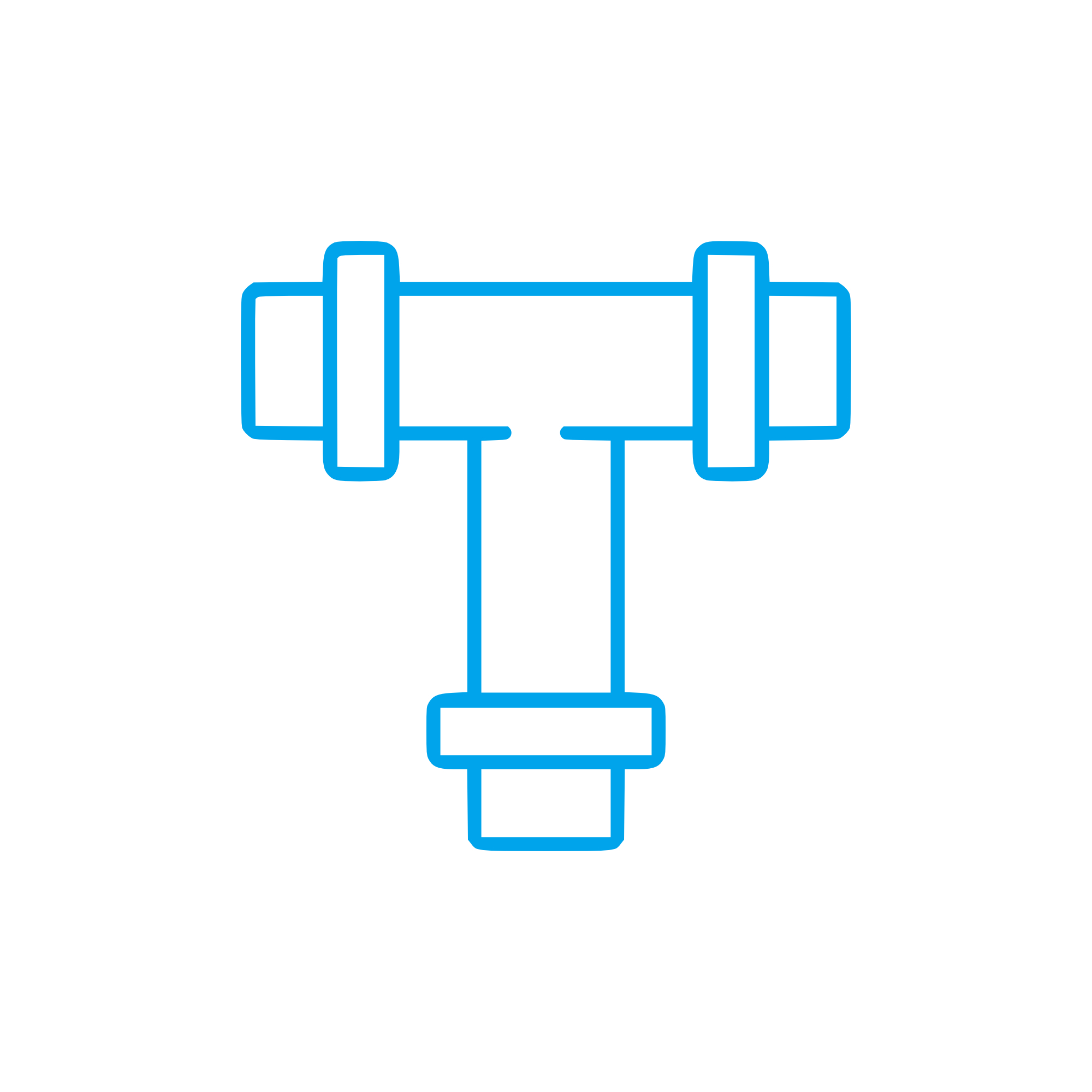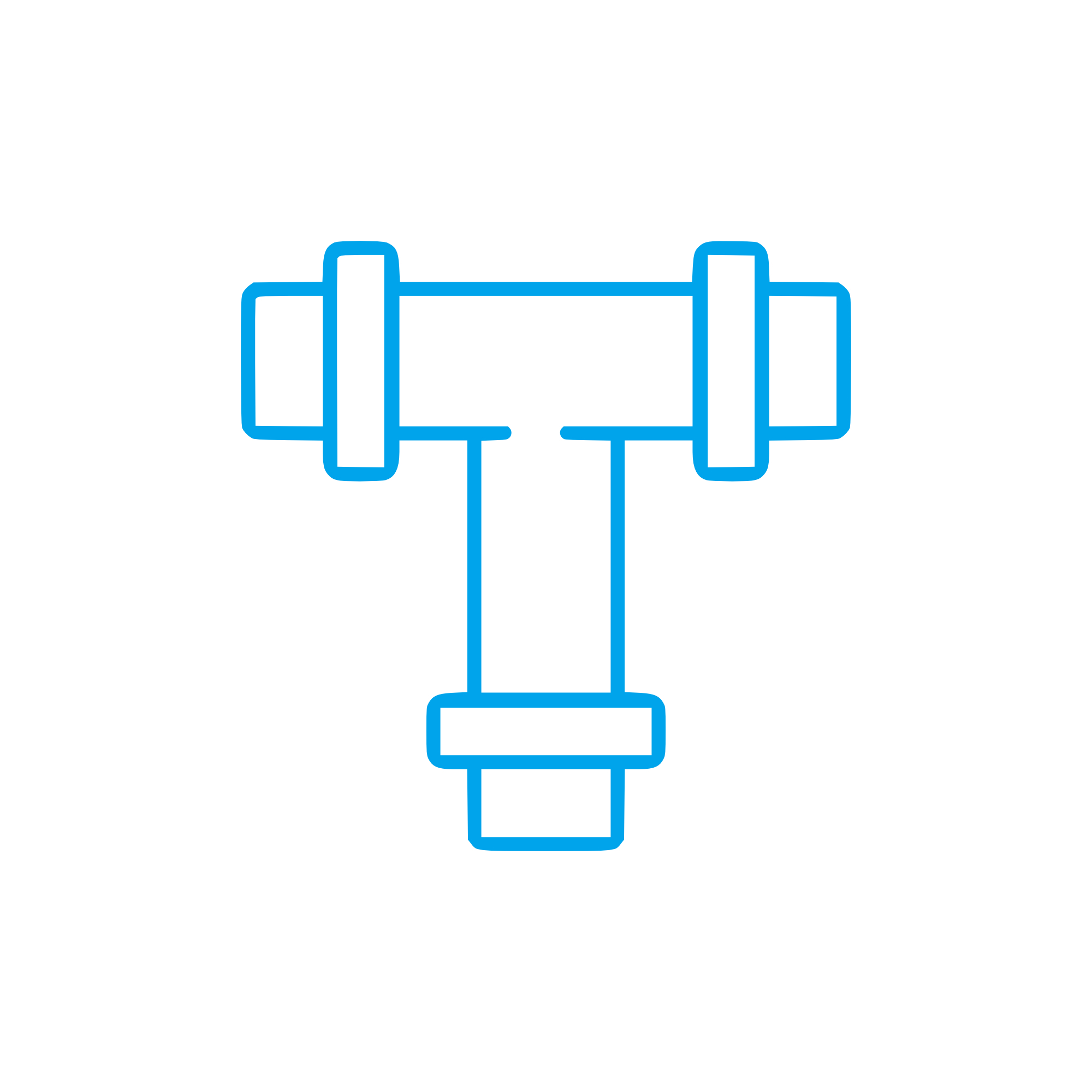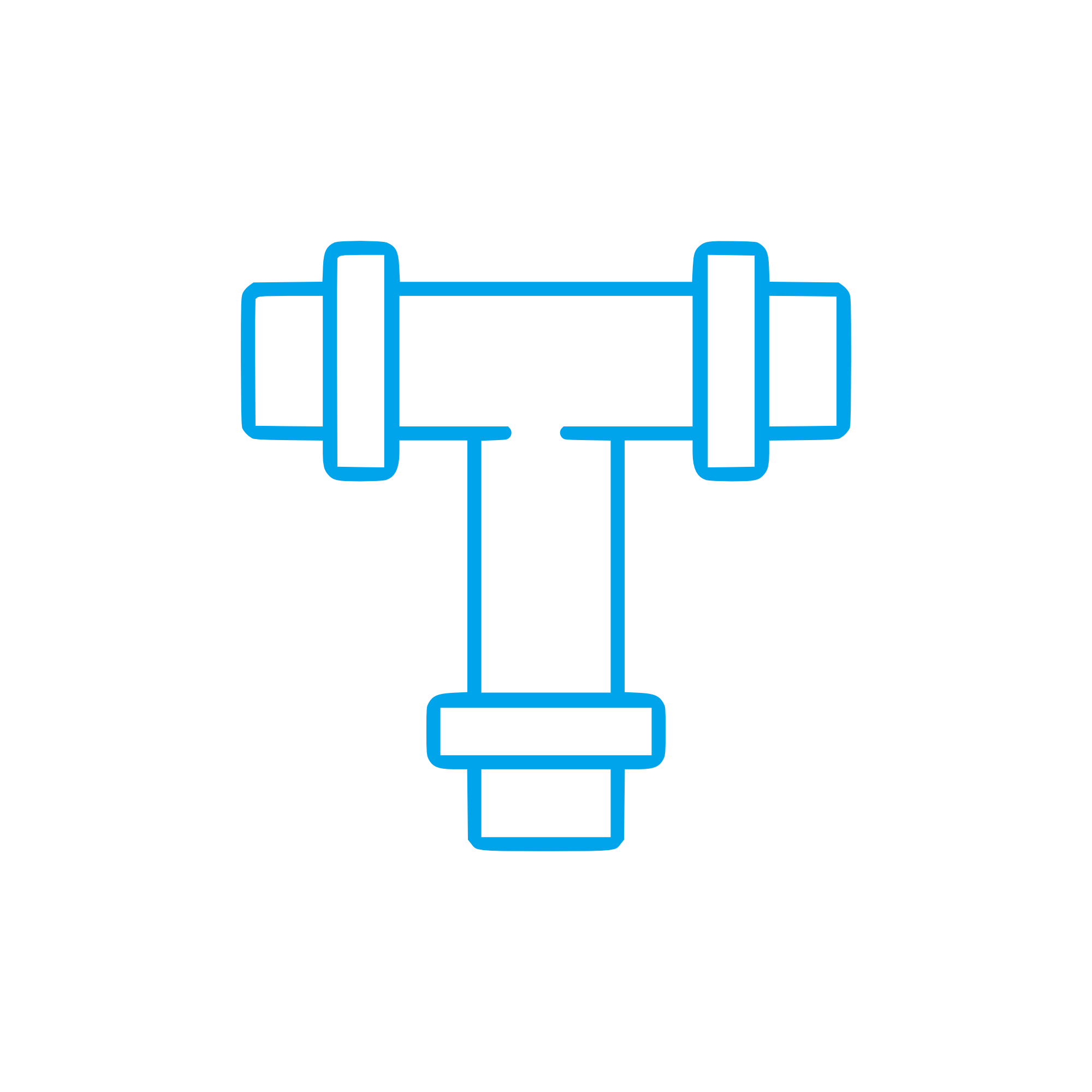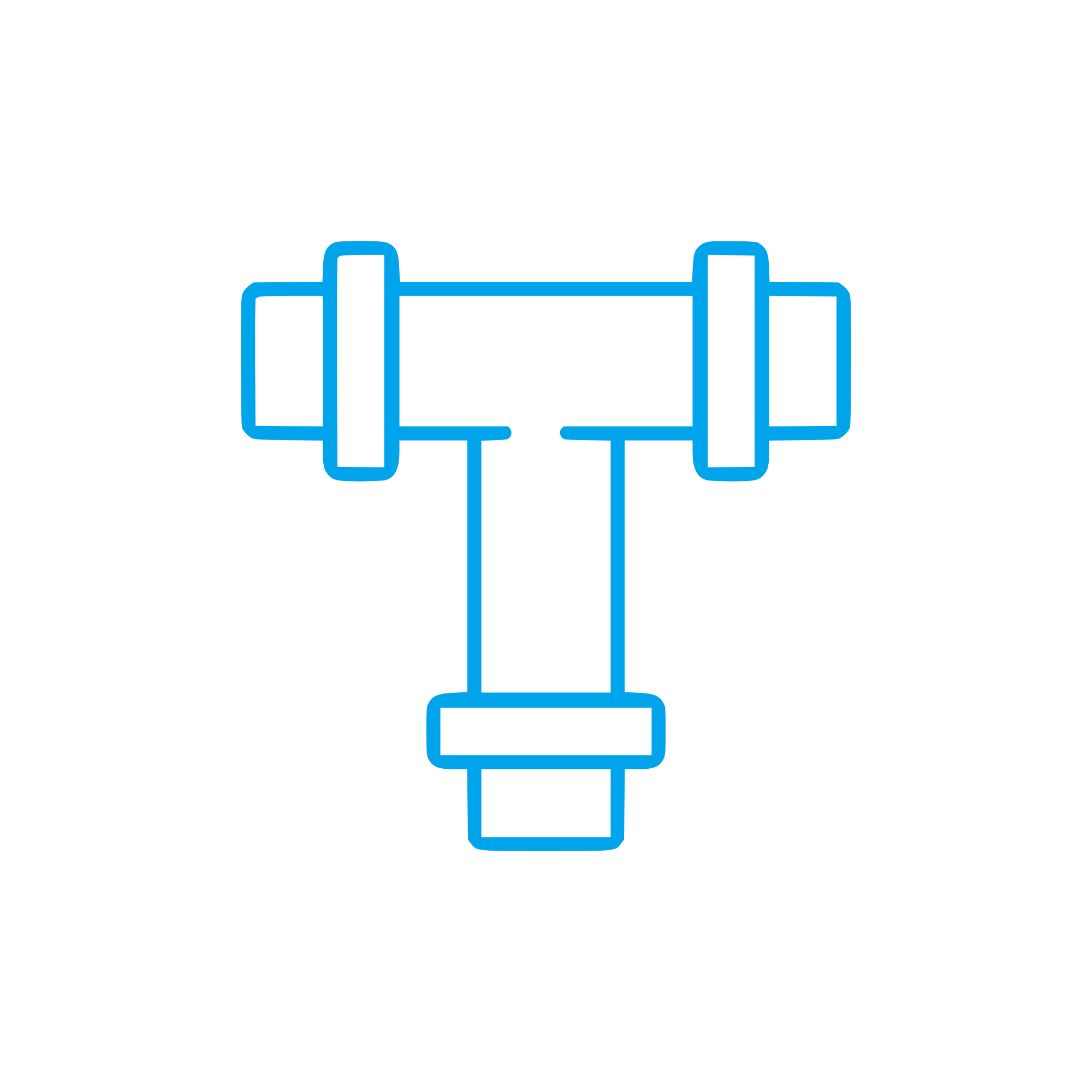START AIR PIPE for Lines and Pipes in High‑Duty Engines
Lines and pipes are the circulatory system of any engine. They route air, fuel, lubrication oil, coolant, and hydraulic media with defined pressure, flow, and cleanliness so that combustion and ancillary systems operate as designed. Within this category, the START AIR PIPE is a critical element: it supplies compressed air to initiate cranking on large diesel and gas engines—especially in marine engine applications where reliable starts under load and in harsh environments are non‑negotiable.
From charge‑air elbows and scavenge lines to high‑pressure fuel lines, cooling water pipes, and lube oil galleries, precision‑manufactured piping keeps thermal, mechanical, and safety margins intact. Correct materials (e.g., 316L stainless, CuNi 90/10, seamless carbon steel), compliant wall thicknesses, and proven joining technologies (flared, swaged, welded, or clamped) ensure tightness and longevity. For shipowners and technical buyers, the quality of lines and pipes directly translates into availability, efficiency, and predictable maintenance intervals.
Technical function: START AIR PIPE in marine and diesel engine systems
In large diesel engine and gas engine installations, the starting system uses compressed air—typically 20–30 bar—stored in air receivers. The START AIR PIPE connects receivers to the starting air manifold and further to cylinder head starting valves. On command, the control unit sequences the valves, delivering an air pulse that rotates the crankshaft to firing speed. This system depends on precise pipe geometry, cleanliness, and sealing to maintain pressure and avoid delays or uneven cranking.
Beyond starting, the broader category of lines and pipes manages critical functions:
• Fuel lines deliver metered volumes at high pressure with minimal pulsation and zero leakage, preserving injection accuracy and preventing fire hazards.
• Lube oil pipes sustain hydrodynamic films across bearings and turbochargers; their cleanliness standards keep varnish and particulates out of tight clearances.
• Cooling water pipes circulate jacket and charge‑air cooling flows, stabilizing combustion temperatures and protecting liners and heads from thermal stress.
• Pneumatic and hydraulic lines actuate controls, governors, and safety devices with predictable response times and stable pressure.
For the START AIR PIPE specifically—whether in a marine engine room or a land‑based diesel engine power plant—flow capacity, pressure rating, and layout (bends, supports, and drain points) determine how quickly and uniformly the engine reaches firing speed. Using START AIR PIPE OEM parts ensures consistency of wall thickness, ovality limits, and end‑connection tolerances so that mating with valves, manifolds, and fittings remains leak‑free over thousands of start cycles.
- · Precisely bent geometry for unobstructed flow and correct timing.
- · Materials matched to media, pressure, and temperature (e.g., 316L, CuNi, seamless steel).
- · Certified pressure ratings with hydrostatic and leak testing.
- · Corrosion protection suited to marine atmospheres and hot engine rooms.
- · Vibration‑resistant supports, clamps, and expansion compensation.
- · Cleanliness and dryness control to prevent valve sticking and contamination.
- · Compatible connections (DIN/ISO flared, flanges, threaded or welded ends).
Importance for engine operation and service life
Reliable pipelines are essential to uptime. Any loss of integrity—such as a micro‑crack in a START AIR PIPE—reduces receiver pressure at the moment of start, leading to slow cranking, missed starts, or excessive starter sequencing that accelerates wear on starting valves and compressors. Similar risks exist across the category: fuel line leaks pose fire hazards and degrade injection performance; cooling water pipe fouling or corrosion leads to hotspot formation, liner cavitation, or turbocharger temperature alarms; lube oil line restrictions starve bearings, accelerating wear and potential seizure.
On starting air systems, contamination is a specific safety topic. Oil‑laden air or condensed moisture inside the line can foul valve seats and, in rare cases, create ignition risks in starting manifolds. Correct pipe slope, water traps, non‑return valves, and drains—all implemented with the right lines and pipes—mitigate these risks. Robust supports and flexible elements minimize vibration‑induced fatigue, while proper separation from hot surfaces preserves material properties and prevents premature aging.
Advantages of OEM spare parts suitable for Lines and Pipes and START AIR PIPE
Specifying OEM spare parts suitable for Lines and pipes—and particularly for each START AIR PIPE run—safeguards the engine’s design intent. These components deliver repeatable dimensions, validated metallurgy, and documented pressure tests that align with the engine builder’s tolerances. That precision maintains compressor loading, valve timing, and start reliability while protecting downstream equipment.
Key advantages for performance, reliability, budget, and service life include:
- · Exact fit eliminates rework, ensuring tight assemblies and correct clearances.
- · Proven materials and heat treatment for fatigue resistance and corrosion control.
- · Surface finish and cleanliness levels that protect valves, injectors, and bearings.
- · Traceability and documented testing that reduce technical and compliance risk.
- · Faster installation and shorter downtime, lowering total cost of maintenance.
- · Consistent flow and pressure characteristics that protect efficiency and starts‑per‑hour capability.
For buyers managing fleets, these benefits accumulate: fewer start failures, fewer leaks, and stabilized maintenance intervals directly improve availability metrics and budget predictability. In short, choosing START AIR PIPE OEM parts and matching lines and pipes to the engine specification is a high‑impact decision with measurable operational returns.
START AIR PIPE OEM parts for marine engine and diesel engine applications
Whether the engine is a slow‑speed two‑stroke, a medium‑speed four‑stroke, or a dual‑fuel unit, the START AIR PIPE must withstand pulsating pressure, vibration, and temperature gradients. OEM spare parts suitable for these lines are engineered with correct bend radii, support points, and end treatments to prevent stress concentrations and micro‑leaks. Combined with certified valves and manifolds, they maintain the integrity of the starting air circuit from receiver to cylinder head.
MOPA: your partner for OEM spare parts Lines and pipes
MOPA is an experienced and reliable partner for OEM spare parts Lines and pipes, including every START AIR PIPE segment required for diesel and gas engines. Our focus is speed, quality, and security in the trade of OEM parts: rapid sourcing, verified documentation, and controlled logistics that protect your project timelines and technical requirements. We support shipowners, power plant operators, and service companies with competitive lead times, consistent specifications, and clear communication from inquiry to delivery.
By leveraging a strong supplier network and deep technical insight, MOPA helps you match the correct material grade, pressure class, and connection standard to your engine model—ensuring that each line or pipe performs exactly as engineered in marine engine and land‑based installations alike.
Conclusion
Lines and pipes are fundamental to engine performance and safety, and the START AIR PIPE is indispensable for reliable cranking and quick readiness. Selecting OEM spare parts suitable for Lines and pipes preserves flow, pressure, and durability, safeguarding uptime and lifecycle cost.
MOPA provides fast, secure access to the right OEM parts for diesel and gas engines—so your starting air, fuel, cooling, and lubrication circuits work flawlessly from day one.


